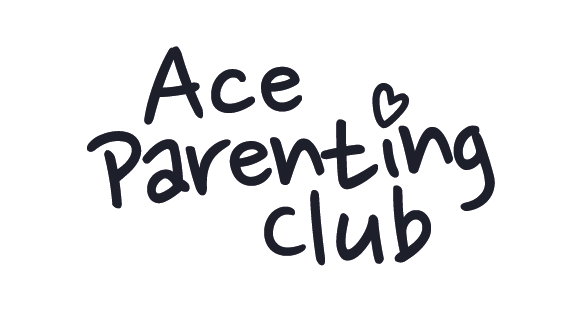While researching a P.E. lesson to support the core development of my Reception class, I came across the term ‘container baby.’ I had never heard of this before, but the more I researched, the more it made sense. Many babies move from one ‘container’ to another—car seats, baby bouncers, swings, Bumbo seats, highchairs, etc. While these items hold their bodies in a fixed position, they don’t allow children to develop their own core strength. As a result, I’ve seen many children who struggle to sit on the floor or play games on the ground because they physically cannot manage it. Here are five tips to help develop your child’s physical strength and overall development.
1. Tummy Time
Tummy time isn’t just for babies—older children can benefit too! Encourage them to read a book, colour in, or play a game while lying on their tummies. Activities like drawing or colouring on large pieces of paper on the floor help develop the muscles needed for sitting at a table. For babies, tummy time isn’t limited to the floor—it can include time on your chest, lying supported on a beach ball, or draped over a breastfeeding pillow.
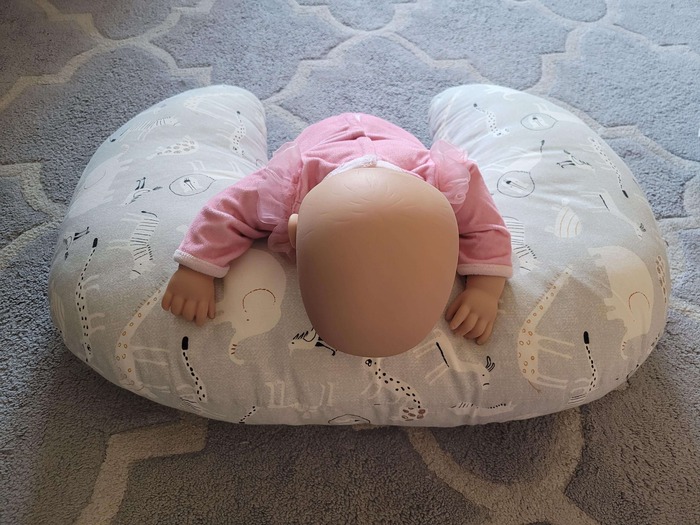

2. Sitting on the Floor with Legs Crossed
Sitting cross-legged might seem simple, but children with weak core muscles can struggle to maintain this position for extended periods. Many opt for the ‘W’ position—sitting with legs bent outward—to create a wider base of support and relieve pressure on their core. However, this indicates weak core muscles. Encourage them to sit cross-legged while playing games or doing puzzles. The more they practice, the stronger their muscles will become.
3. Cross the Centre Line
What does this mean? Imagine an invisible vertical line running from head to toe and a horizontal line across the body—these are your centre lines. Studies show that crossing these lines strengthens brain connections. Simple activities like reaching across the body to grab objects, using alternating hands, or touching opposite toes help improve coordination and brain development.
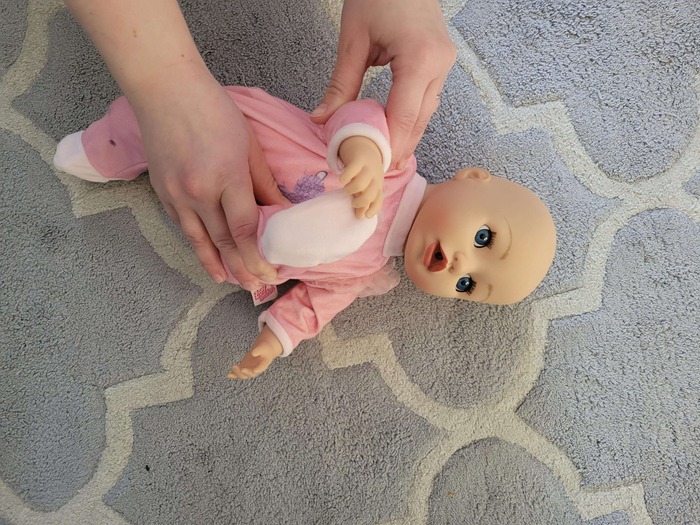
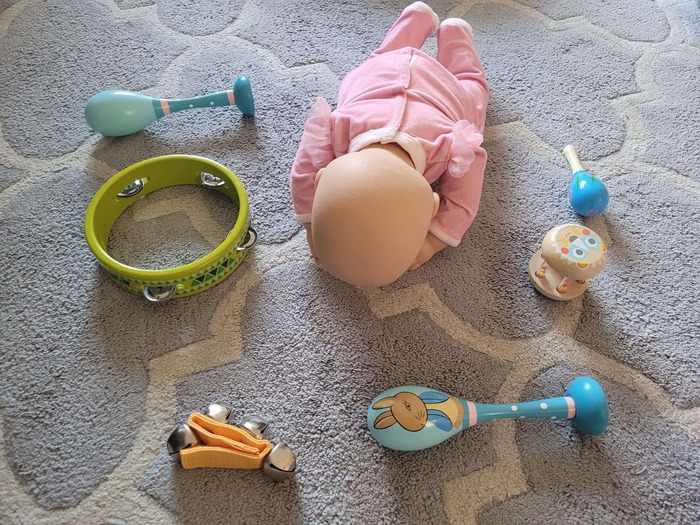
4. Spread Toys Out
This tip is especially useful for younger children who haven’t started walking yet. Instead of placing toys within easy reach, spread them out just beyond their grasp. This encourages them to stretch, wriggle, and move to retrieve their toys—building essential muscles for rolling, crawling, walking, and running.
5. Move to Music
Who’s up for a dance party? Music has countless benefits, from boosting mood to improving coordination. Singing nursery rhymes supports early literacy skills, and dancing helps with movement and rhythm. Whether they’re a newborn or a toddler, children love moving to music—so turn up the volume and have a boogie!
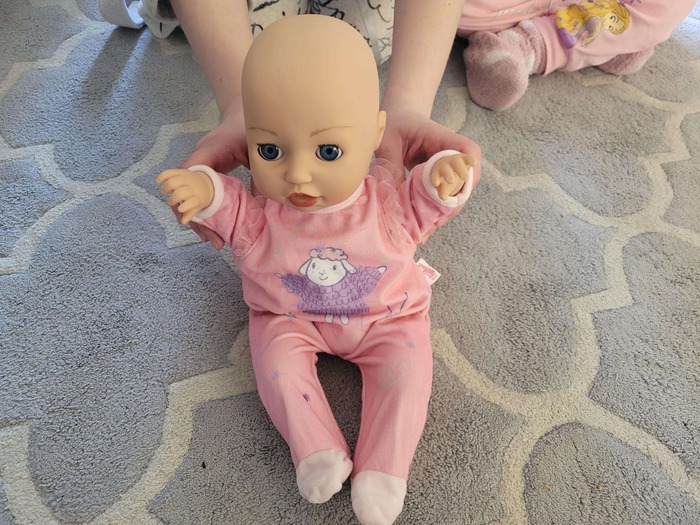
Our Final Thoughts
There are so many ways to keep children moving without them even realising it. Of course, there are times when babies need to be in car seats, bouncers, or high chairs, but it’s important to balance that with opportunities for floor time, exploration, and movement. Encouraging these simple activities will help build the strength and coordination they need for a lifetime of physical development!
